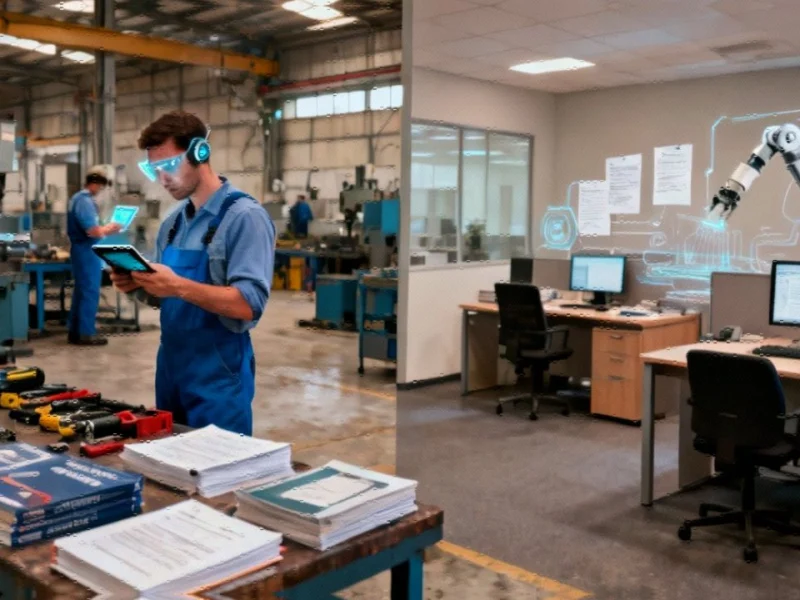According to Business Insider, RBC Capital Markets analysts led by Rishi Jaluria have identified early signs of slowing enterprise AI adoption despite Big Tech companies reporting strong AI-driven results. The analysts noted that recent AI demand from companies like Microsoft, Amazon, Meta, Oracle, and Google primarily reflects spending on model training, deployment, and AI-native firms rather than broad-based adoption across traditional enterprises. New data from Ramp’s Fall 2025 Business Spending Report shows the share of US businesses paying for AI services declined from 44.5% in August to 43.8% in September, marking the first measurable pullback since enterprise AI adoption began accelerating in 2023. The analysts cited unmet productivity gains, pilot fatigue, and limited transformative applications as key factors behind the slowdown, though they remain cautiously optimistic about future demand growth as use cases mature.
The Productivity Paradox Repeats Itself
What we’re witnessing with enterprise AI mirrors historical technology adoption cycles where initial enthusiasm meets operational reality. Companies are discovering that implementing AI isn’t like flipping a switch—it requires fundamental process redesign, employee retraining, and significant organizational change management. The productivity gains promised by AI vendors often assume perfect implementation conditions that rarely exist in complex enterprise environments. Many organizations are finding that the effort required to integrate AI tools into existing workflows outweighs the marginal efficiency improvements, creating what economists call the “productivity paradox” where technology investment doesn’t immediately translate to measurable output gains.
When Pilot Projects Become Permanent Experiments
The mention of “pilot fatigue” points to a deeper structural issue in how enterprises approach innovation. Many companies have dozens of AI pilot projects running simultaneously across different departments, creating coordination challenges and resource fragmentation. These pilots often lack clear success metrics, proper governance, or pathways to production scaling. What begins as innovation becomes organizational debt—technical experiments that consume resources without delivering tangible business value. The current pullback suggests companies are hitting their limit on how many simultaneous AI experiments they can effectively manage while maintaining core operations.
The Infrastructure Investment Mismatch
RBC’s observation that current AI spending reflects infrastructure rather than application adoption reveals a critical market disconnect. Cloud providers and hardware companies are benefiting from massive AI infrastructure investments, but this hasn’t translated to widespread enterprise application success. Companies are spending heavily on computing resources and model training without clear ROI pathways. This creates a dangerous imbalance where the cost of AI experimentation exceeds the value derived from it. The infrastructure-first approach assumes that if you build the capacity, applications will follow—but enterprise history shows this isn’t always the case.
The Transformation Gap Nobody’s Discussing
Beyond the immediate slowdown factors, there’s a broader transformation gap emerging. Most enterprises are trying to bolt AI onto existing processes rather than reimagining their operations around AI-native capabilities. This incremental approach creates limited value while consuming significant resources. True AI transformation requires rethinking business models, organizational structures, and value propositions—changes most established companies are structurally incapable of making quickly. The current cooling in adoption may reflect this fundamental mismatch between what AI promises and what traditional enterprises can realistically achieve without radical self-disruption.
The Inevitable Consolidation Phase
This slowdown likely marks the beginning of a necessary market correction and consolidation phase. We should expect to see companies rationalizing their AI portfolios, focusing on fewer but more strategic implementations with clearer business cases. The vendors that survive this phase will be those who can demonstrate measurable ROI rather than just technical capabilities. This consolidation could actually strengthen the enterprise AI ecosystem by forcing clearer value propositions and more sustainable implementation approaches. The current pullback isn’t the end of enterprise AI—it’s the beginning of its maturation from hype-driven experimentation to value-focused implementation.




